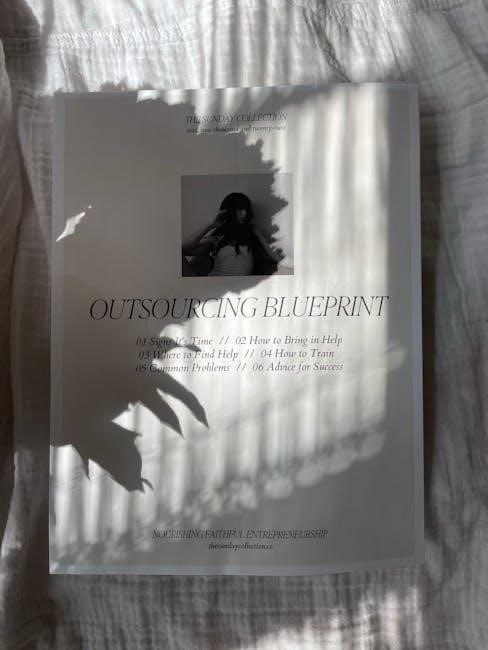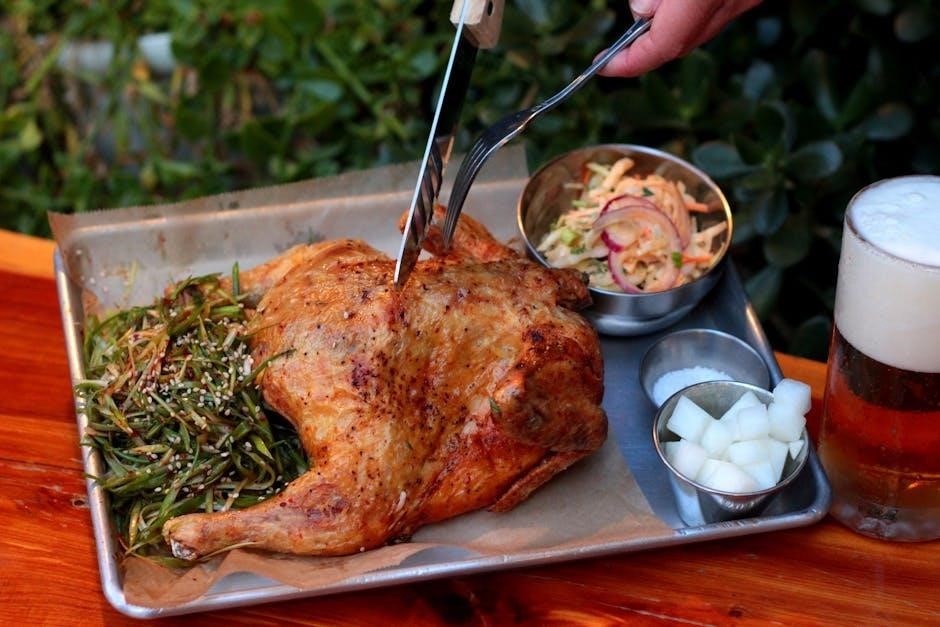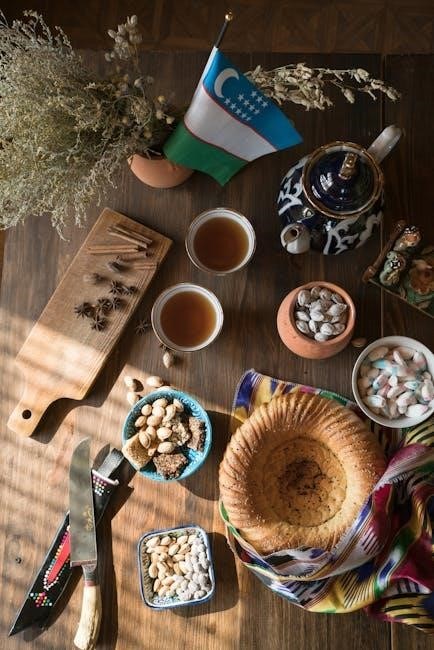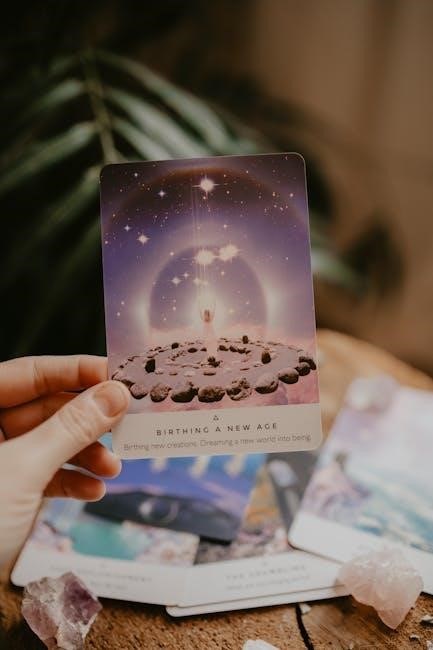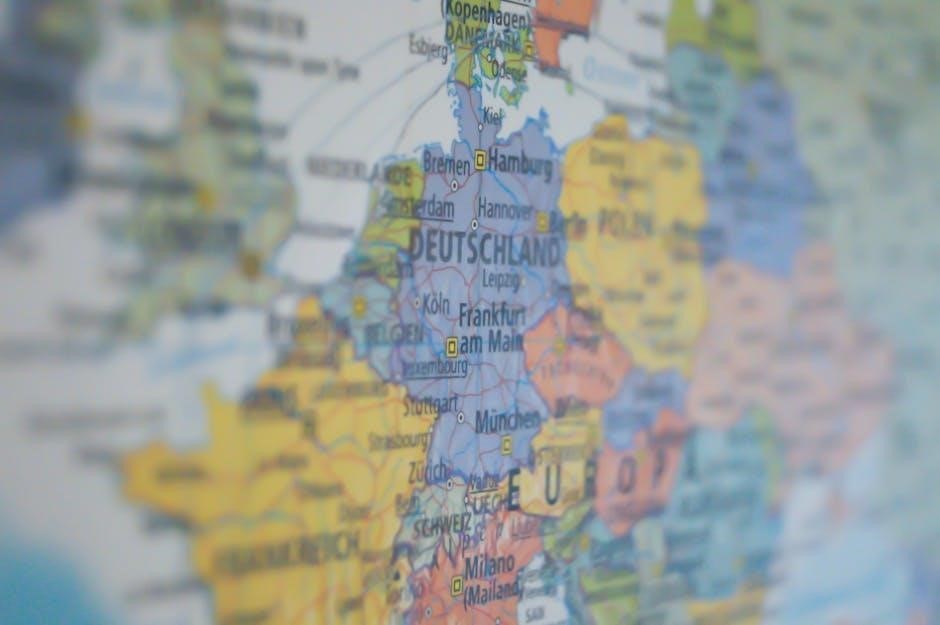Gardeners in zone 10a enjoy a long growing season with minimal frost and can plant year-round, making it an ideal location for diverse gardens and a wide range of plants to thrive naturally always.
Understanding the USDA Plant Hardiness Zone Map
The USDA Plant Hardiness Zone Map is a valuable tool for gardeners, providing information on the average annual extreme minimum winter temperature in different areas. This map is divided into 10-degree F zones and 5-degree F half zones, helping gardeners determine which plants are suitable for their location. The map is based on data from weather stations across the country, taking into account factors such as elevation, latitude, and proximity to large bodies of water. By understanding the USDA Plant Hardiness Zone Map, gardeners can make informed decisions about which plants to grow and when to plant them, increasing the chances of success in their gardens. The map is regularly updated to reflect changes in temperature patterns, ensuring that gardeners have access to the most accurate information available. This knowledge is essential for gardeners in zone 10a, where the subtropical climate requires careful planning to optimize plant growth and productivity. Gardeners can use this information to create thriving and diverse gardens.
Characteristics of Zone 10a
Zone 10a has subtropical climate with mild winters and hot summers always occurring;
Planting Cool-Season Crops in Zone 10a
Planting cool-season crops in zone 10a can be a great way to add some variety to your garden. These crops, such as peas, broccoli, and cauliflower, thrive in the cooler temperatures of late summer and early fall. In zone 10a, the ideal time to plant cool-season crops is in late summer, about 8 weeks before the first frost date. This allows the crops to mature before the heat of summer returns. Some other cool-season crops that can be planted in zone 10a include kale, spinach, and carrots. These crops prefer the cooler temperatures and can tolerate light frosts, making them ideal for the mild winters of zone 10a. By planting cool-season crops, gardeners in zone 10a can enjoy a continuous harvest and make the most of their garden’s potential. With proper planning and care, cool-season crops can be a valuable addition to any zone 10a garden.
Outdoor Growing Window in Zone 10a
Gardeners in zone 10a have a 365-day outdoor growing window, allowing for year-round planting and harvesting of various crops naturally always outside.
Starting Plants from Seed Indoors in Zone 10a
Gardeners in zone 10a can start plants from seed indoors 6-8 weeks prior to the anticipated final frost date, which is typically around January 30th or earlier. This allows for a head start on the growing season and can be especially beneficial for plants like tomatoes, peppers, and zinnias. By starting seeds indoors, gardeners can control the environment and provide optimal conditions for germination and growth. A variety of seeds can be started indoors, including those for flowers, vegetables, and herbs. Using seed starting mix and providing adequate light, water, and nutrients can help ensure successful germination and establishment of seedlings. Once seedlings have 2-3 sets of leaves, they can be transplanted outdoors, where they will continue to grow and thrive in zone 10a’s mild climate. With proper care and attention, seedlings started indoors can mature into healthy, productive plants.
Vegetables and Herbs to Plant in Zone 10a
Leafy greens, peas, and brassicas thrive in zone 10a’s climate, making them ideal choices for gardeners, with many options to plant and harvest year-round naturally.
Climate Considerations for Zone 10a
The climate in zone 10a is characterized by mild winters and hot summers, with average temperatures ranging from 30 to 40 degrees Fahrenheit. This unique climate allows for a wide range of plants to thrive, including those that are sensitive to frost. Gardeners in zone 10a should consider the temperature fluctuations when planting, as some plants may require protection from extreme heat or cold. The USDA Plant Hardiness Zone Map is a useful tool for determining which plants are suitable for the local climate. By understanding the climate considerations for zone 10a, gardeners can make informed decisions about which plants to grow and when to plant them, ultimately leading to a successful and thriving garden. With the right climate considerations, gardeners in zone 10a can enjoy a diverse and vibrant garden year-round, with many options for plants that can tolerate the local temperature and weather conditions.
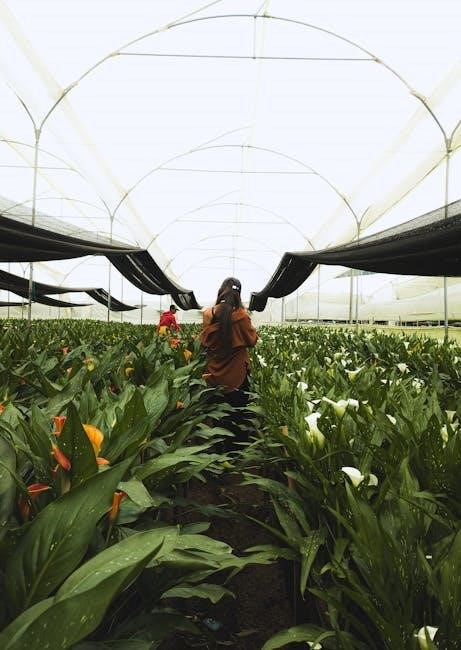
Comparison with Other Zones
Zone 10a differs from other zones, with milder winters and longer growing seasons than most, requiring unique planting strategies always.
Resources for Gardeners in Zone 10a
Gardeners in zone 10a have access to a variety of resources to help them make the most of their unique climate and growing conditions. The USDA Plant Hardiness Zone Map is a valuable tool for determining which plants are suitable for the area. Additionally, online gardening communities and forums can provide a wealth of information and advice from experienced gardeners. Local nurseries and gardening stores can also offer guidance and recommendations for plants that thrive in zone 10a. Furthermore, many websites and online publications provide specific gardening advice and tips for gardeners in zone 10a, taking into account the region’s mild winters and long growing seasons. By utilizing these resources, gardeners in zone 10a can create and maintain beautiful and productive gardens that showcase the best of the region’s flora. With the right information and support, gardeners can enjoy a thriving and diverse garden all year round.
Gardeners in zone 10a can successfully grow diverse plants with proper planning and careful management of the unique climate and conditions always naturally.
Final Tips for Gardeners in Zone 10a
To achieve success in zone 10a, gardeners should prioritize soil health and use organic matter to improve soil structure and fertility, this will help to support healthy plant growth and development.
Using mulch and other conservation methods can also help to retain moisture and regulate soil temperature, reducing the need for irrigation and minimizing the risk of heat stress;
Additionally, gardeners in zone 10a should be mindful of the potential for overwatering, which can lead to root rot and other problems, and take steps to ensure that plants receive the right amount of moisture.
By following these tips and taking a thoughtful and informed approach to gardening, gardeners in zone 10a can create thriving and diverse gardens that take advantage of the region’s unique climate and conditions, and enjoy a bountiful harvest of fresh fruits and vegetables throughout the year.
Gardeners can also make use of the long growing season to experiment with new and unusual plants, and to push the boundaries of what is possible in this unique and rewarding gardening zone.










